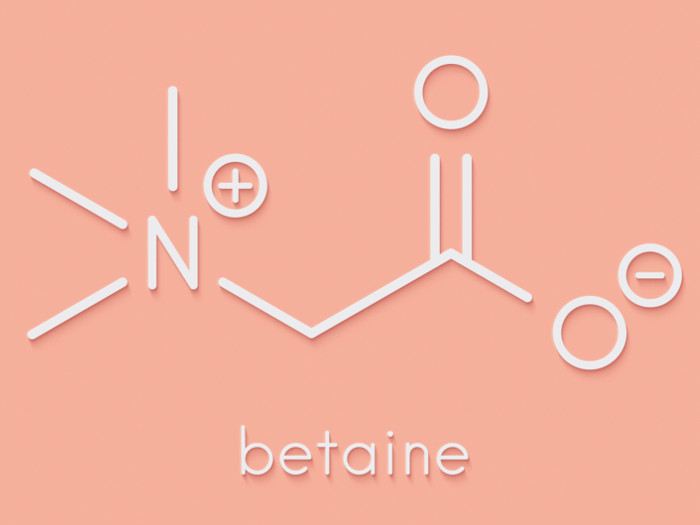Hard to pronounce but easy to use, trimethylglycine has many benefits and very few drawbacks, but knowing more about this substance is critical before deciding if it is right for you.
What is Trimethylglycine?
Trimethylglycine (TMC) is an amino acid derivative. It was first discovered in beets in the 19th century, and was given the name betaine (BEET-eh-een), but has since been identified in broccoli, spinach, ancient grains, and various meats. TMC supplements are naturally derived from vegetable production.
Uses of Trimethylglycine
Studies about the benefits of TMC are ongoing, and some results remain inconclusive. Early research does suggest several significant health benefits, however, as outlined below.
Relief from Muscle Pain
Although more research is needed, some experts suggest that trimethylglycine can help relieve the pain associated with strenuous workouts, relieving the discomfort in your muscles.

Helps Build Muscle
Similarly, studies on betaine show that it may contribute to boosting muscle mass, which helps burn fat and improves endurance.
Heart Disease Prevention
One of the things we understand best about TMC is that it helps decrease the levels of the amino acid homocysteine in the blood. Homocysteine can contribute to plaque buildup in the blood, which can cause clogged arteries, a major contributing factor in heart disease. TMC is widely believed to counteract homocysteine production.
Improves Liver Function
Liver disease is a leading cause of death in America and has many contributing factors. Obesity and alcohol consumption are major causes of liver disease, and can lead to a condition called ‘fatty liver’. Screening for fatty liver is not common, but one study suggests that as many as 30% of otherwise healthy Americans may have it. Promising early research suggests that 1000-3000 milligrams per day of trimethylglycine could reduce fat deposits on the liver by as much as 40-50%. [1]
How to Take Trimethylglycine?
Trimethylglycine/TMC/betaine can be found as a supplement at many specialty stores or online. Many supplements are not regulated, so always make sure that you are buying from a trusted source.
If you are an otherwise healthy person, you are probably getting plenty of this compound from your regular diet. Quinoa with broccoli or a spinach salad with roasted beets is just a few dishes that are packed with betaine, along with many other important nutrients.
Word of Caution
There are no known side effects of trimethylglycine. More research is needed and not every drug interaction has been tested, so always consult with your doctor before beginning a new home health care routine. [2]
